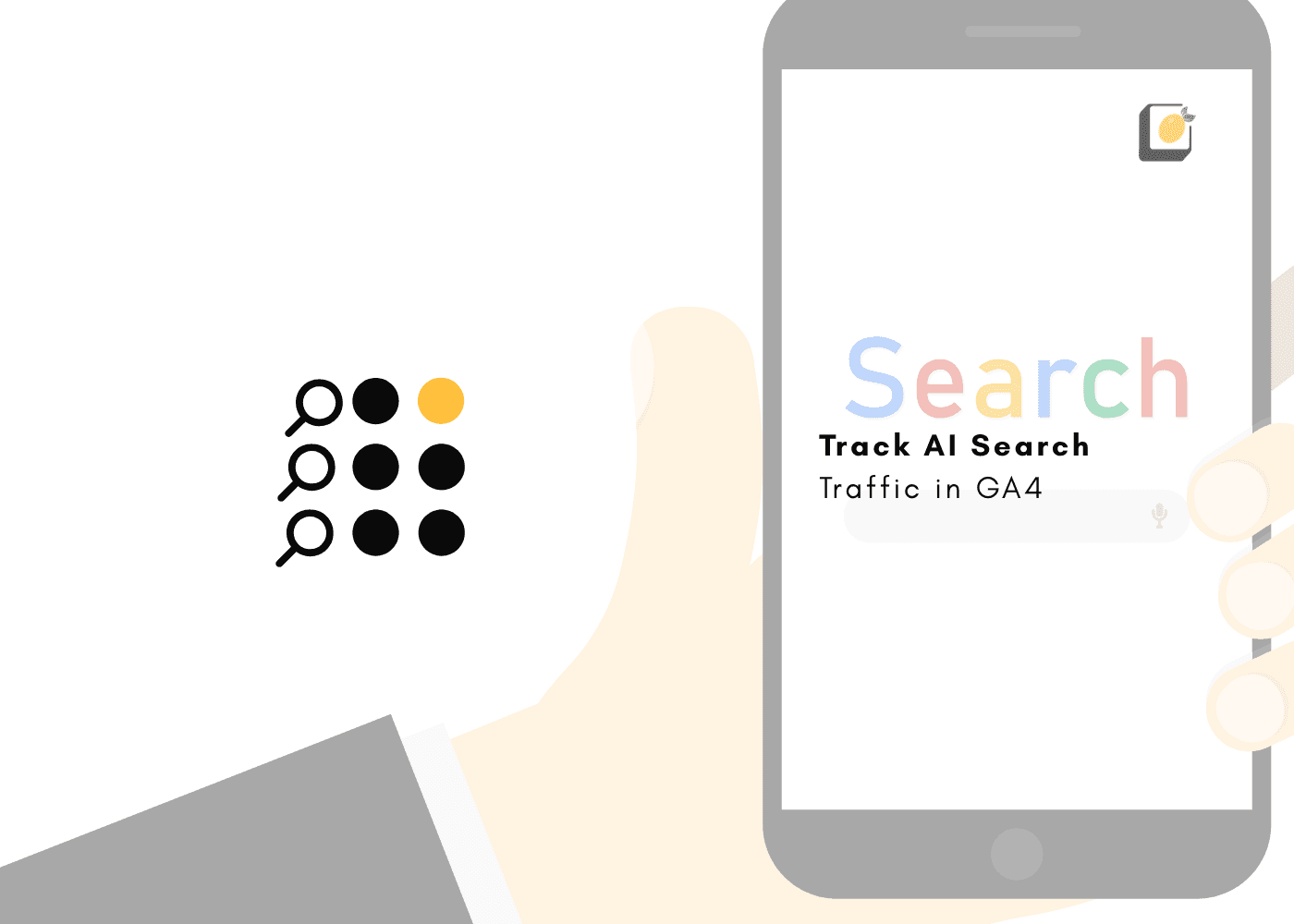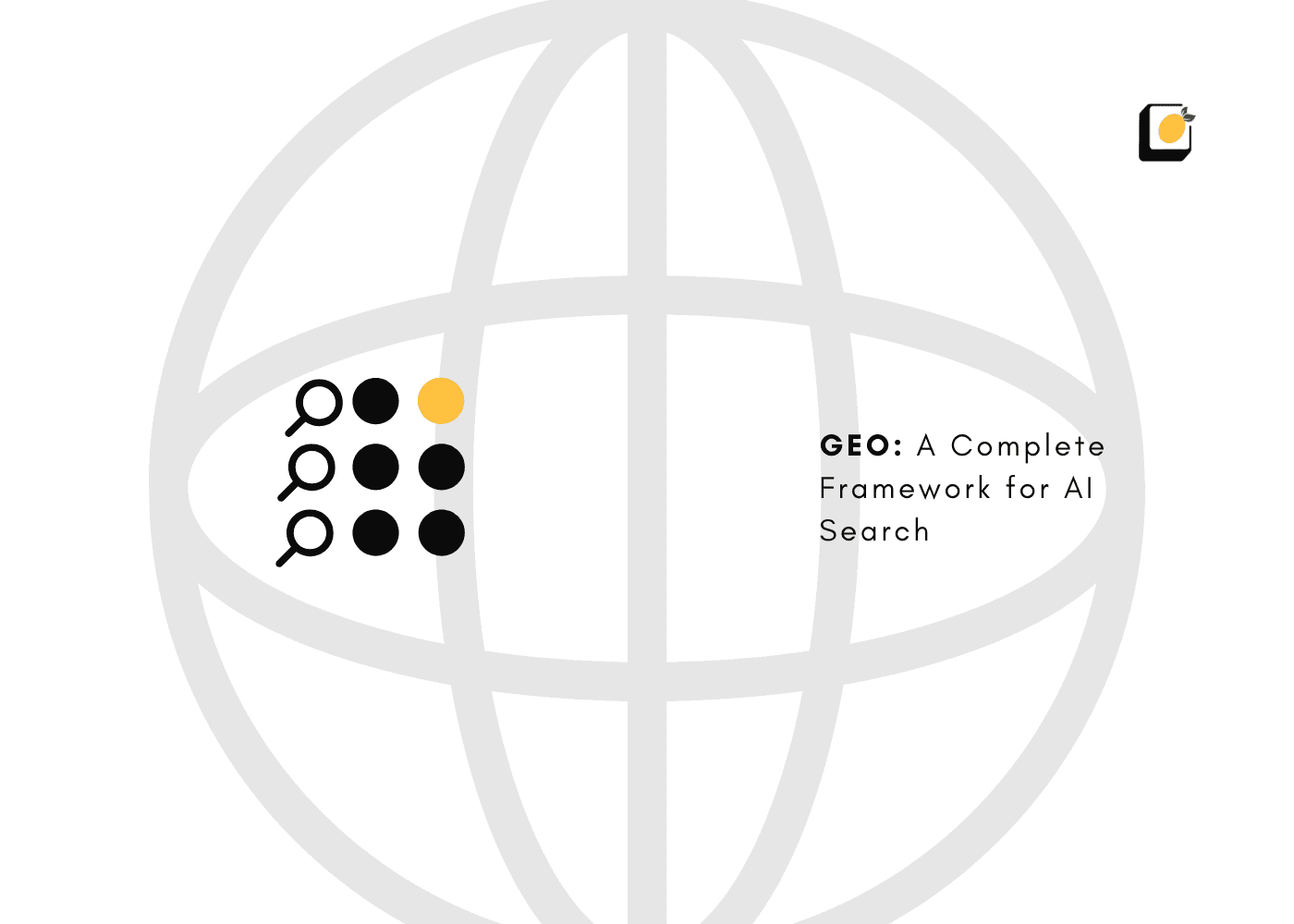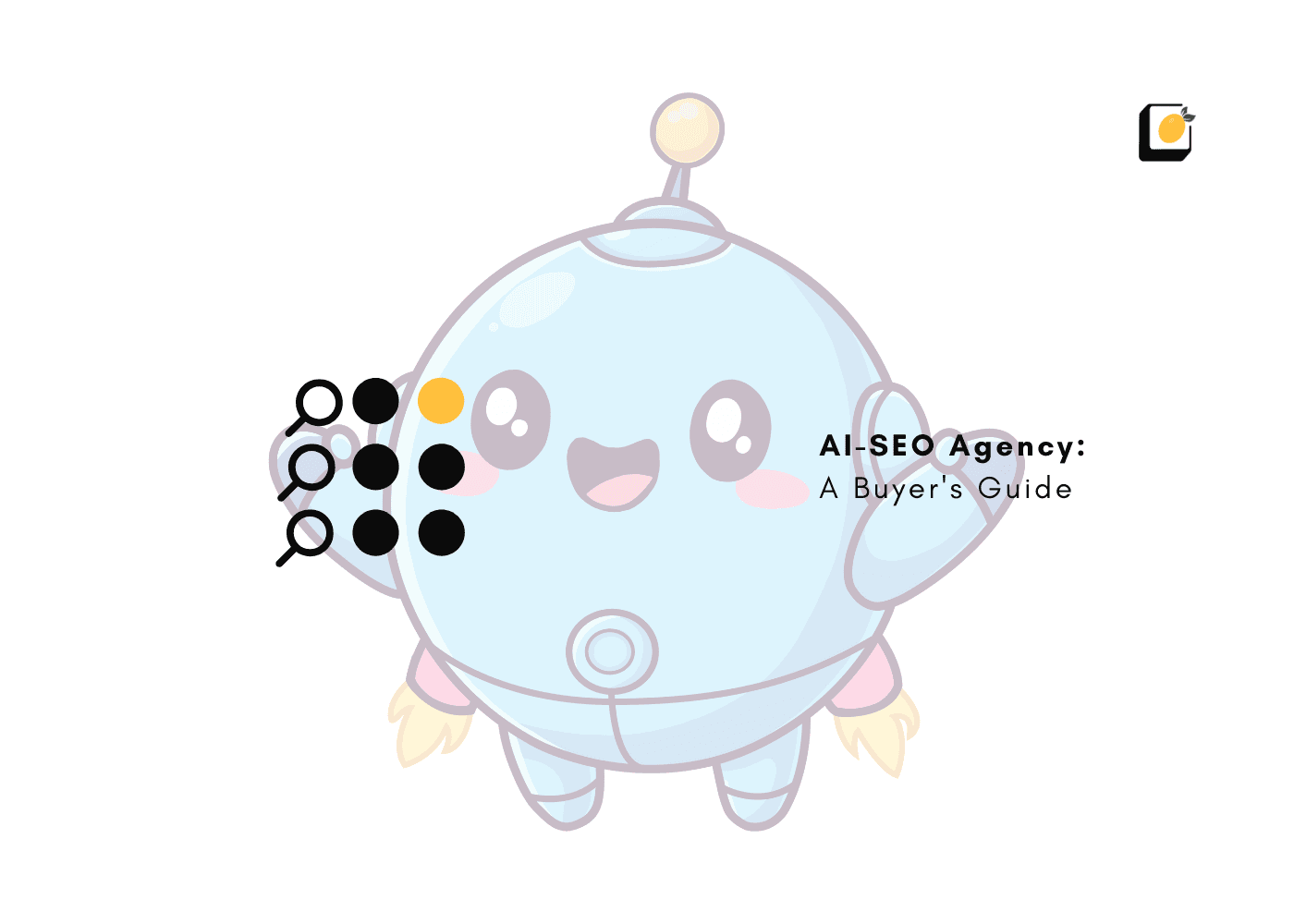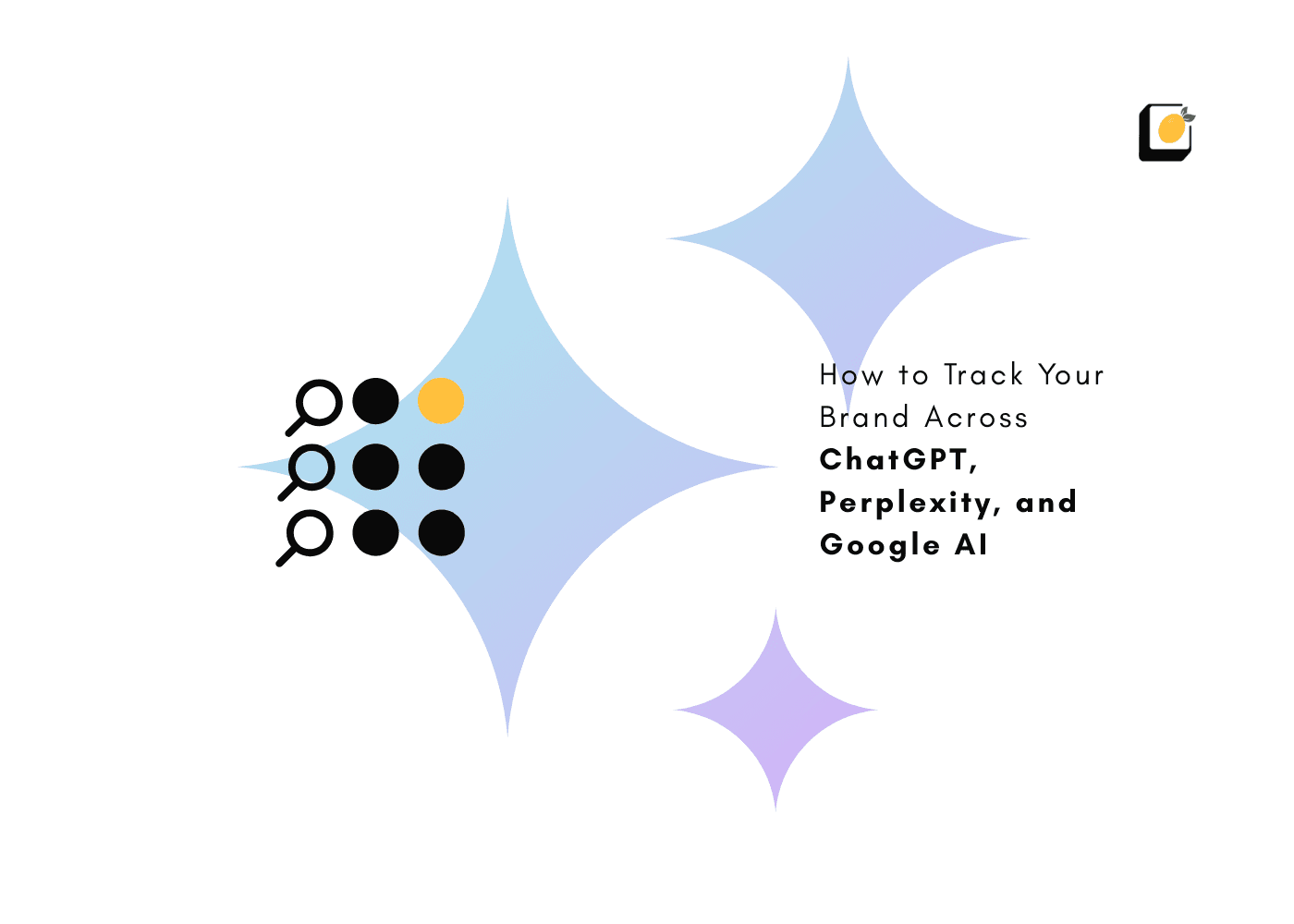Why is SEO So Expensive?
July 9, 2025
Join 500+ brands growing with Passionfruit!
Why is SEO so expensive? It’s one of the most frequently asked, and most misunderstood questions in digital marketing. For CMOs and growth leads juggling multi-channel strategies, SEO can seem like a black box: high cost, vague timelines, and unclear returns.
Traditional agencies often sell cookie-cutter roadmaps or overload clients with technical jargon. In reality, SEO is neither mysterious nor arbitrarily priced. But it does require precision, strategy, and long-term thinking.
This article lays out the economics behind SEO, why it commands the investment it does, where the real value lies, and how to make it work as a true revenue channel.
See how Passionfruit’s SEO platform delivers measurable ROI.
The Real Reason SEO Feels Expensive (But Isn’t Always)
The first mindset shift? SEO isn’t a cost. It’s an asset. It compounds over time, growing visibility and authority even when budgets pause.
Paid channels stop when budgets do. SEO continues to work. Each page indexed, each backlink earned, each structured element accumulates value over time.
What makes SEO “feel” expensive is that the results aren’t instant. But that delay is exactly what gives SEO its staying power. Once momentum kicks in, organic traffic becomes your most efficient, highest-margin acquisition channel.
SEO feels expensive when:
Expectations are misaligned (e.g., expecting paid results from organic efforts).
The strategy isn’t compounding.
Execution lacks the precision needed to move the needle.
But when it’s engineered right, it becomes your marketing engine’s most defensible moat.
Breaking Down SEO Costs: What You’re Really Paying For

The cost of SEO isn’t pulled from thin air. It reflects the complexity of what’s required to compete in today’s search landscape.
1. Specialist Talent & Strategy
Effective SEO demands specialists in:
Technical architecture and schema markup
On-page content design and UX optimization
Competitive keyword analysis
Strategic link earning
You’re paying for expertise that directly influences rankings, crawlability, and conversion behavior.
2. Tooling & Infrastructure
SEO tech stacks run deep. Platforms like Ahrefs, Semrush, Screaming Frog, and Clearscope power everything from SERP intelligence to content scoring. These tools come with monthly licensing fees, training requirements, and data-layer integrations.
Plus, there's backend infrastructure. The crawlers, CDNs, log analysis setups, all play into cost.
3. Time Horizon & Continuous Effort
SEO takes time. A 3 to 6 month ramp-up is normal before results materialize. From there, it requires iteration to adapt to search trends and competitor shifts.
4. Competitive Market Forces
In high-value categories, your competition is investing aggressively. Trying to rank for a keyword like “best CRM for SaaS”? You’re not just up against other brands, you’re contending with aggregators, affiliates, and media sites with deep authority.
Winning takes better content, stronger backlinks, and sharper technical execution.
5. Custom Strategy & Execution
No two SEO roadmaps look the same. A global SaaS company has vastly different needs than a regional DTC brand. That’s why real SEO work is built from audits, business goals, CMS constraints, and intent modeling. It’s not a one-size-fits-all template.
You're paying for tailored architecture that actually performs.
Why Cheaper SEO Ends Up Costing More

Cheaper SEO might seem cost-effective, but it often results in weak performance and expensive rework.
Here’s what usually happens:
Templated content that doesn’t rank, convert, or reflect your brand.
Ignored technical issues like duplicate pages, broken links, and crawl errors.
Risky backlink strategies that result in penalties or suppressed rankings.
The real cost? Opportunity loss. Traffic you never earn, conversions that never happen, and ground you cede to competitors.
Many brands pay twice: once for underperformance, then again to fix it. That’s SEO debt.
How to Tell If You’re Overpaying (Or Under-Investing)
If your SEO results feel underwhelming, it may not be a matter of cost. It may be a signal of misalignment. Many companies mistake a high retainer for high impact, but visibility, not volume, drives ROI.
Here’s what to watch for:
Vague deliverables with no link to business outcomes.
Generic, inflexible pricing models.
Promises of “guaranteed rankings” or instant results.
On the flip side, strategic SEO partners provide:
Reporting that connects to revenue, not just rankings.
Targeting that reflects your ICP’s actual search intent.
Custom roadmaps based on funnel stage, keyword cluster, and domain authority.
You’re investing in compound visibility. The danger lies usually in under-investing and being left out of the SERP conversation completely.
How Much Should SEO Actually Cost?

The cost of SEO depends on your business model, vertical, and internal capabilities. But there are patterns worth knowing.
Here’s a realistic breakdown:
Startups & local brands: $1,000–$3,000/month
Basic audits, local listings, lightweight content support.Mid-market SaaS & DTC: $3,000–$10,000/month
SEO strategy, technical optimization, scalable content, link building.Enterprise SEO: $10,000+/month
Advanced tech stacks, international SEO, full-funnel content engines.
Technical audits or complex migrations often range from $5K–$50K based on scale and urgency.
Want to assess where SEO sits in your channel mix? Talk to a Passionfruit Growth Expert today!
How to Reduce SEO Costs Without Cutting Quality
Smart SEO strategies create leverage, not just savings.
Here’s what works well:
Hybrid teams: Keep internal knowledge while leveraging agency expertise where needed.
Modular retainers: Pay only for what moves the needle, whether that’s link building, schema, or site cleanup.
AI-assisted workflows: Use AI to speed up production, not to replace it. QA and strategy still need human brains.
You can also rethink your publishing model. A few high-performing, technically sound pages can outperform dozens of unstructured blog posts. Focus on structure and utility, not volume.
The SEO You Actually Need
Most teams don’t need “more SEO.” They need ROI-aligned SEO built around search intent, ranking logic, and conversion readiness.
Passionfruit’s AI-enabled growth engineering uses market-informed roadmaps, real-time SERP monitoring, and performance-focused content to deliver measurable impact.
If your current setup isn’t delivering measurable outcomes, it’s not SEO. It’s content clutter.
Stop Asking “Why Is SEO Expensive?”
The real question is: what outcome are you buying?
Misaligned SEO is a sunk cost.
Aligned SEO is compounding revenue.
The right investment creates durable visibility, defensible authority, and scalable growth.
SEO isn’t expensive when it’s engineered to win.
Want ROI-aligned SEO that justifies its price tag? Talk to a Passionfruit strategist today!
Key Takeaways
SEO isn’t a cost, it’s a compounding growth channel.
Cheap SEO usually leads to technical debt and lost revenue.
Real SEO costs reflect specialized talent, tools, and competitive pressure.
Custom strategy, not cookie-cutter plans, drives ROI.
When aligned to goals, SEO becomes your most efficient acquisition engine.
FAQs
Q1. Why does SEO take so long to show results?
SEO works by building authority over time via content, links, and technical signals. It usually takes 3–6 months to see meaningful growth because search engines reward consistency and credibility, not quick fixes.
Q2. Is expensive SEO always better?
Not necessarily. High cost doesn’t equal high value. What matters is strategic alignment, execution quality, and whether the SEO partner ties efforts to real business outcomes like visibility and conversions.
Q3. Can I do SEO in-house and still get results?
You can, but only if your internal team has technical and strategic depth. Most companies benefit from hybrid models, keeping internal content or dev ownership while leveraging experts for audits, link building, or advanced tooling.
Q4. How much should a SaaS company expect to invest in SEO?
Mid-size SaaS brands typically spend $3,000–$10,000/month. This covers strategy, content, technical SEO, and link building. For enterprise or international presence, budgets scale to $10K+ depending on goals and complexity.
Q5. What’s the risk of under-investing in SEO?
Under-investing means you’re invisible on high-intent keywords. Worse, competitors may dominate key SERP features, reducing your market share and increasing long-term acquisition costs across all channels.















